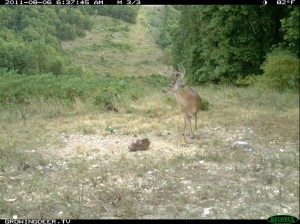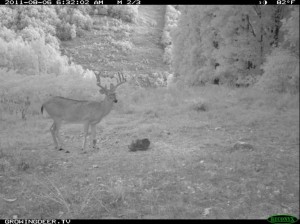It’s Time to Rattle!
The pre-rut is happening now throughout much of the whitetail’s range! My Reconyx cameras have taken more images of mature bucks during daylight hours during the past few days than any week since last fall! It’s prime hunting time!
Most does are not receptive yet. However the bucks are ready and eager for a date! They are actively seeking, and therefore very responsive to calls! Bucks may respond to calls at any time during the season, but they are most likely to respond during this stage of the rut.
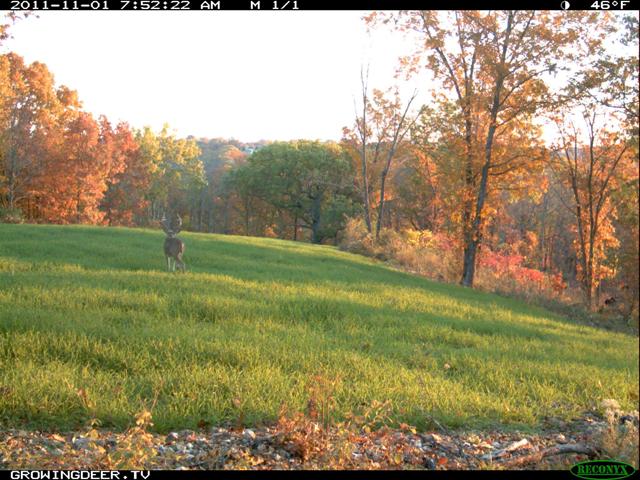
A grunt call is your best choice when a mature buck is nearby.
A fellow biologist and friend of mine, Dr. Mick Hellickson, is both a skilled hunter and researcher. Years ago he designed a study to determine how to rattle to get the most bucks to respond. He and his team tested four different rattling techniques in an area where several bucks were fitted with radio collars. They used the following sequences:
- Short duration and low volume
- Short duration and high volume
- Long duration and low volume
- Long duration and high volume
They had significantly more responses to the long duration and high volume sequence. This is easy to understand. Do you remember watching fights during school? If it was a relatively quiet scuffle between two freshmen, few folks even stopped to watch. Certainly no one even knew to run down the hall and watch.
However, if it was two seniors fighting to gain the attention of the prom queen, there was usually lots of yelling, lockers being rattled, grunts, and moans. It was so loud that most folks in the school ran to watch the fight. Even folks that were not involved with either party came to watch the fight!
The same is true when bucks fight. Yearlings tend to spar, scuffle, and not make many vocalizations when they “fight.” When you were a freshman in school and got into scuffle you probably didn’t want to draw the attention of a big senior or he might decide to settle both of the freshmen in the scuffle down.
However, when the big seniors got into a fight, part of the victory was knowing that everyone was watching!
When I rattle to call deer and no deer are in sight, I want to be a senior! I make as much rattling noise as I can!! I grunt or grunt snort wheeze. I then rattle making as much volume with the tool (antlers, rattle bag, etc.,) as I can. If practical and safe, I use my foot to shake a limb while I’m rattling. I want everyone in the school to know the big boys are fighting!
I don’t do this if I know there is a mature buck close by. This will likely alert him to my exact position. I use this type of calling technique when blind calling or calling when I don’t believe a deer is close by. If I do think a buck is close by, I will often simply grunt lightly and keep increasing the volume until the buck responds. I used the technique last week to call in Clean 12 – a buck that appeared he was going to pass by my stand at 70 yards and was headed to a bedding area (GDTV 101). A simple grunt resulted in Clean 12 making a scrape, rub, vocalizing a snort wheeze and approaching to within three yards of my stand.
Rattling is a great technique to attract mature bucks from a long distance. However, deer are very good at pinpointing the exact location of a call. Therefore they often will approach from the downwind side. This is why I don’t use the loud rattle sequence frequently. I want the buck to hear it once and come searching for the fight participants. I don’t want him to have the opportunity to hone in on the exact location.
My strategy on rattling is probably best summarized by a line in an old movie (I forgot the name of the movie) that goes “If you are going to be a bear, you might as well be a griz.” If you are going to rattle in hopes of calling in a buck when no deer are in view of the stand, make as much noise as you can. You want the bully buck in that area running in to see who is fighting on his turf.
Growing (and calling) Deer together,
Grant



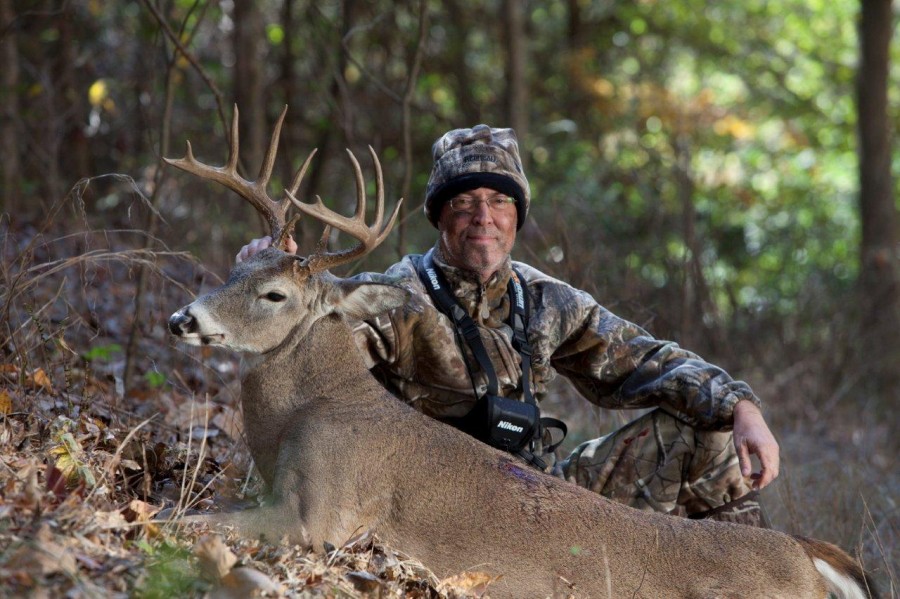
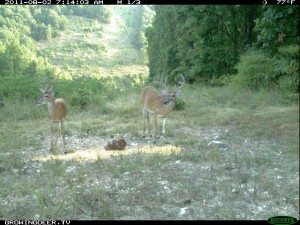
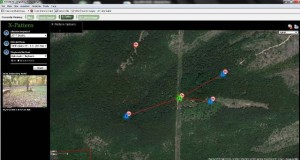 because they were in open areas. Mature bucks would rarely visit them during daylight once season opened. I then used my knowledge of the closest locations for food (used mainly at night by mature bucks this time of year), water (several springs and seeps in the area so no way to predict which source he might use), and cover.
because they were in open areas. Mature bucks would rarely visit them during daylight once season opened. I then used my knowledge of the closest locations for food (used mainly at night by mature bucks this time of year), water (several springs and seeps in the area so no way to predict which source he might use), and cover.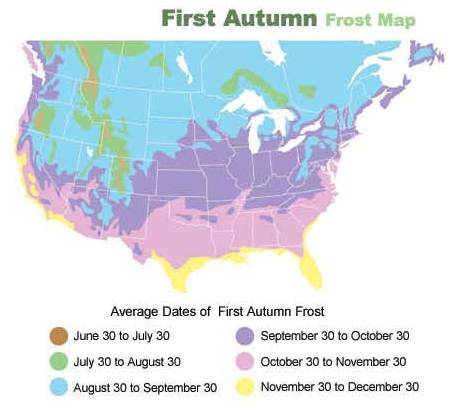
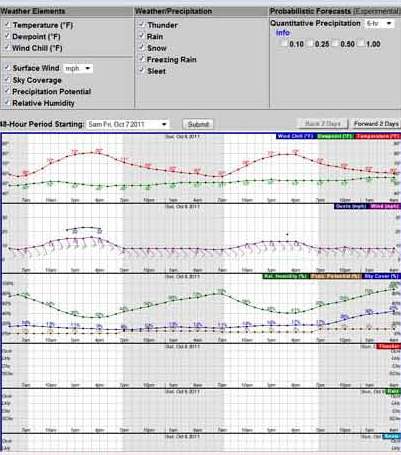 Weather can’t accurately be predicted more than a few days (or hours) in advance. I know this all too well as I prepare today to return from a hunting trip in Kansas. I planned this trip months ago. I’ve spent the better part of this week thinking about this as the weather has been hotter than normal (setting some records), very low humidity, and extremely dry. I’ve seen a few does and fawns daily, but no mature bucks. The owner of the property where I’m hunting told me yesterday that he didn’t have a single trail camera image of a mature buck moving during the daytime this past week. He did say “You should have been here last week.” Dang, I really dislike hearing that phrase in relation to hunting!
Weather can’t accurately be predicted more than a few days (or hours) in advance. I know this all too well as I prepare today to return from a hunting trip in Kansas. I planned this trip months ago. I’ve spent the better part of this week thinking about this as the weather has been hotter than normal (setting some records), very low humidity, and extremely dry. I’ve seen a few does and fawns daily, but no mature bucks. The owner of the property where I’m hunting told me yesterday that he didn’t have a single trail camera image of a mature buck moving during the daytime this past week. He did say “You should have been here last week.” Dang, I really dislike hearing that phrase in relation to hunting!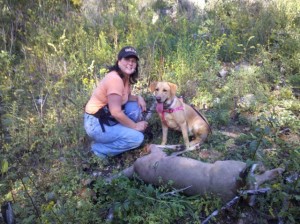
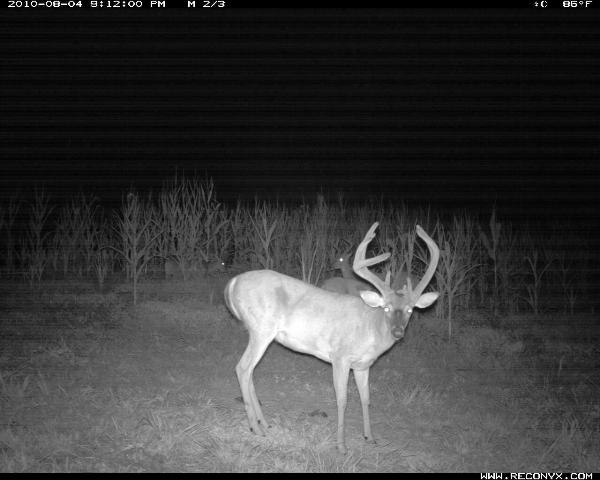 Not only has his rack remained in the same basic configuration, but his behavior hasn’t changed. He’s extremely nocturnal. My
Not only has his rack remained in the same basic configuration, but his behavior hasn’t changed. He’s extremely nocturnal. My 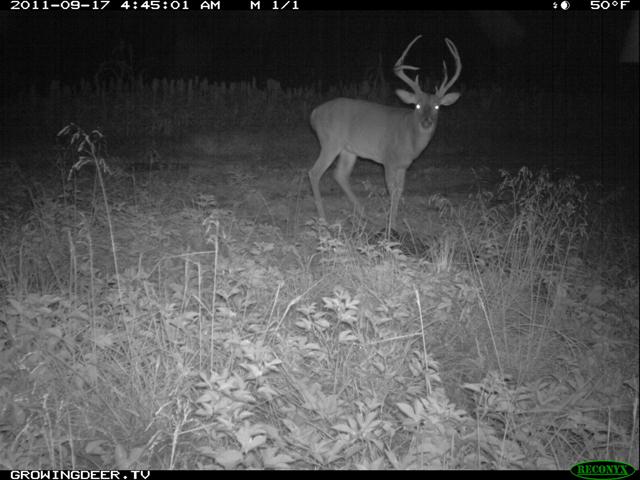 It seems he only moves at night.
It seems he only moves at night.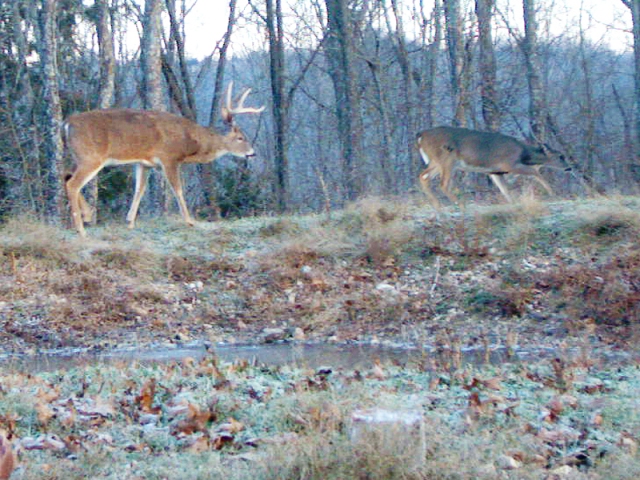 Based on tens and tens of thousands of points recorded by GPS collars on mature bucks, bucks share Queen Isabella’s theory that their world is flat and it is very dangerous outside of their known world. They have no idea if there are more or less does outside of their range. They certainly don’t know the wind thermals, threats, predators, hot spots, etc., outside their range. Most mature bucks that have been fitted with GPS collars from Texas to Minnesota to Maryland to Florida spend all or the vast majority of their days within the same home range. Some of these collared bucks have taken excursions and almost always return to their range in 24 or 48 hours. By any measure, mature bucks are homebodies.
Based on tens and tens of thousands of points recorded by GPS collars on mature bucks, bucks share Queen Isabella’s theory that their world is flat and it is very dangerous outside of their known world. They have no idea if there are more or less does outside of their range. They certainly don’t know the wind thermals, threats, predators, hot spots, etc., outside their range. Most mature bucks that have been fitted with GPS collars from Texas to Minnesota to Maryland to Florida spend all or the vast majority of their days within the same home range. Some of these collared bucks have taken excursions and almost always return to their range in 24 or 48 hours. By any measure, mature bucks are homebodies.